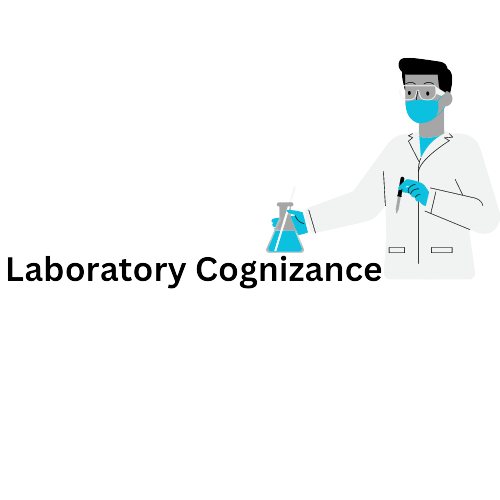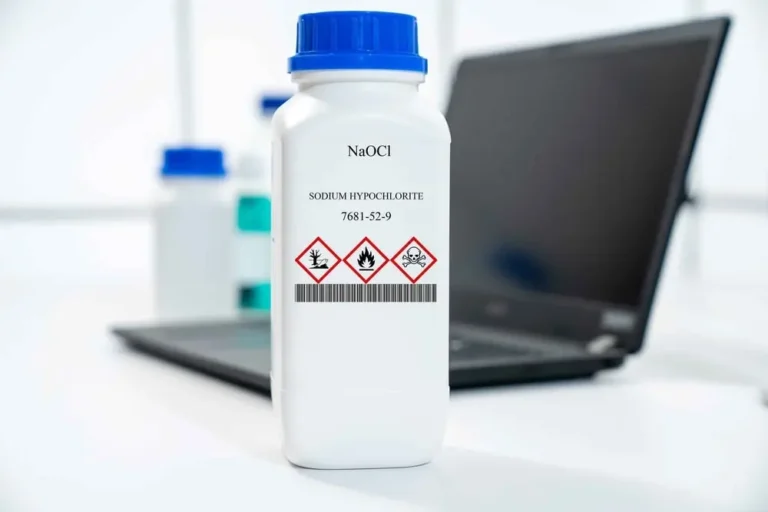Bleach, that handy cleaning agent, might seem harmless at first glance. But in a science lab, sodium hypochlorite (bleach’s active ingredient) can transform into a troublemaker if mixed with the wrong things. Understanding laboratory safety is crucial, especially when handling bleach.
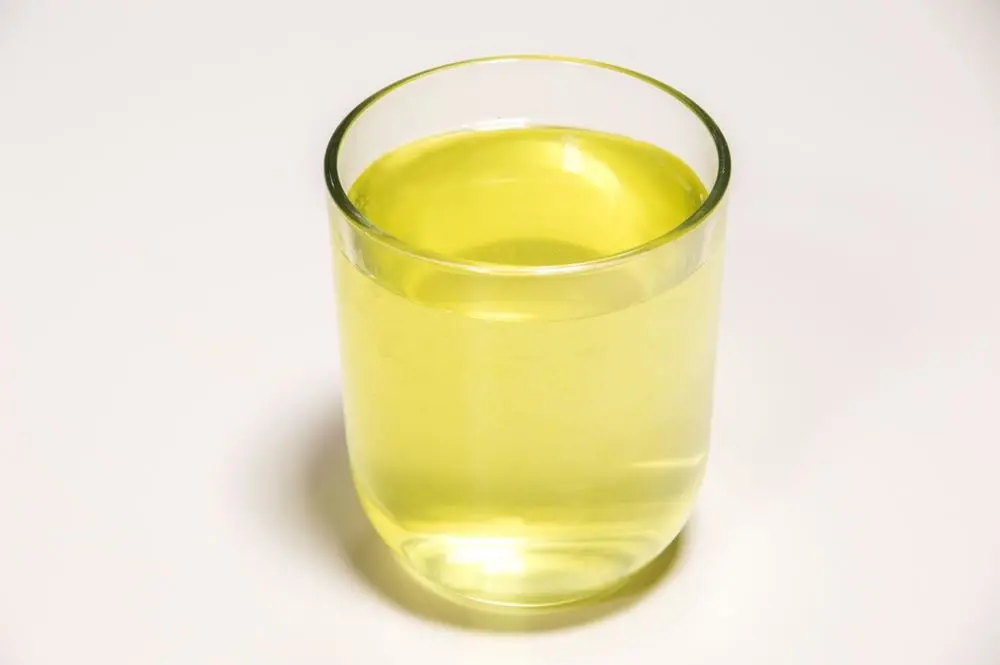
Dangerous Bleach Duos
Bleach and Vinegar (or any Acid): Coughing Chaos!
Imagine this: you mix bleach with vinegar or another acidic cleaner. Big mistake! A nasty gas called chlorine forms. This gas can irritate your throat & lungs, making you cough and wheeze. Inhaling a lot can be dangerous, even deadly.
NaOCl + CH3COOH → Cl2 + HOCl + CH3COONa (Sodium hypochlorite + acetic acid (vinegar) → Chlorine gas + hypochlorous acid + sodium acetate)
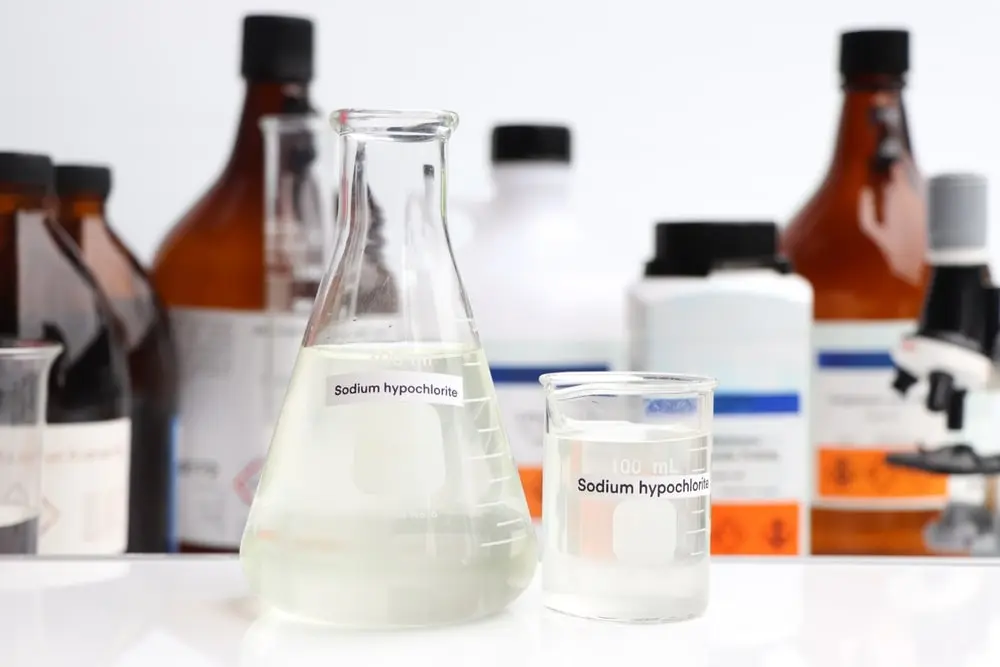
Bleach and Nail Polish Remover (or any Solvent): Fire Fury!
Nail polish remover and other sciencey solvents can have a fiery reaction with bleach. Depending on the solvent, it could create harmful fumes or even explode! Not the kind of science experiment you want.
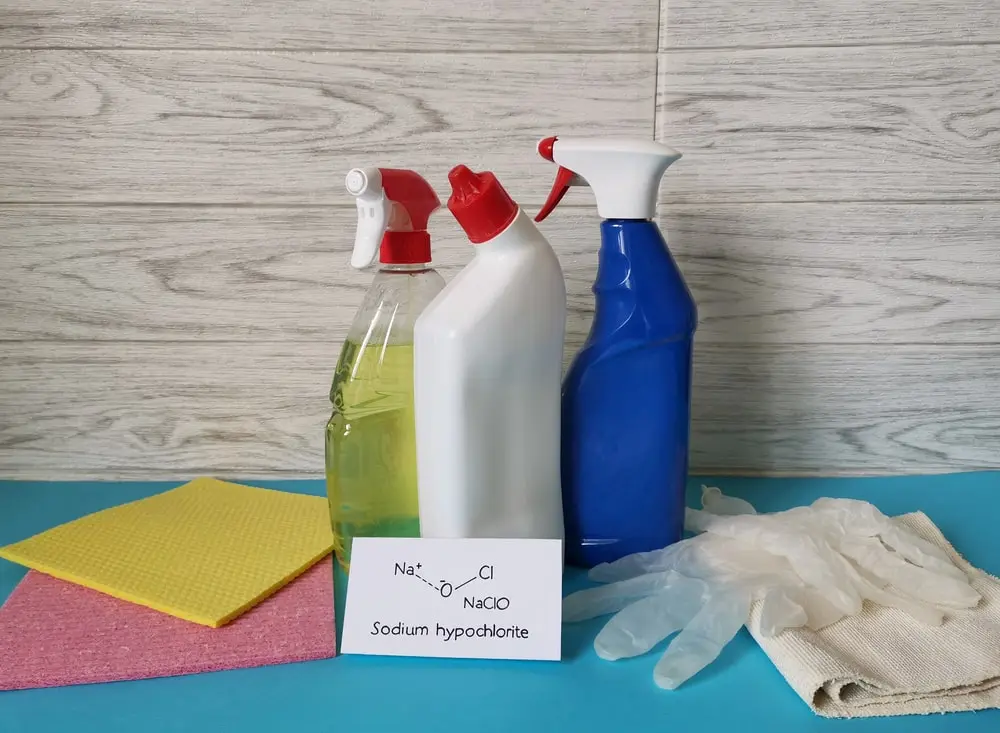
Bleach and Ammonia (Window Cleaner): Breathing Trouble
Mixing bleach with ammonia, another common cleaner, is a big no-no in both the house and the lab. This combo creates a gas called chloramine. It might not be as bad as chlorine gas, but it can still irritate your eyes, nose, and throat, making breathing difficult.
Bleach + Base (Ammonia): NaOCl + NH3 → NH2Cl + H2O + NaCl (Sodium hypochlorite + ammonia → chloramine + water + sodium chloride)
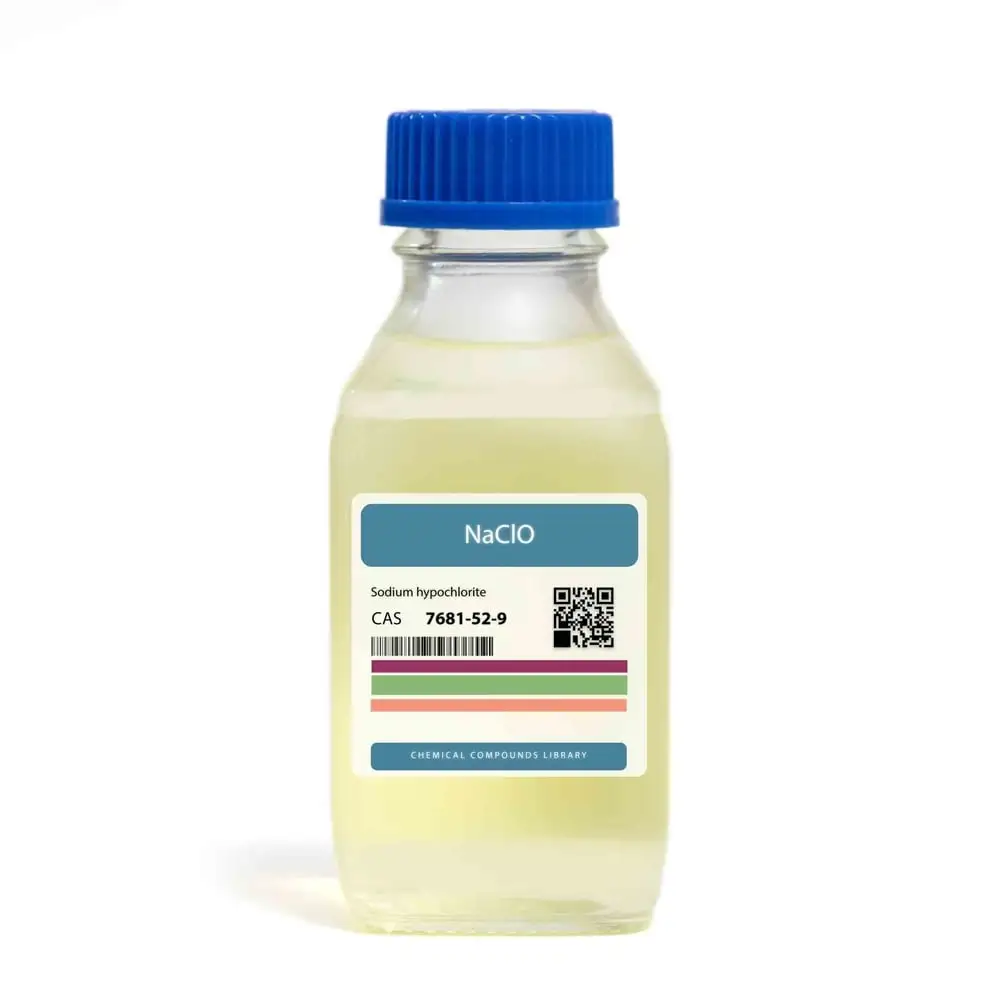
Golden Rules for Bleach Safety
Ask the Lab Boss!
Before touching any chemical, including bleach, consult your lab teacher or supervisor. They can provide a Safety Data Sheet (SDS), a specific sheet that details the specific hazards of the chemical & proper handling procedures.
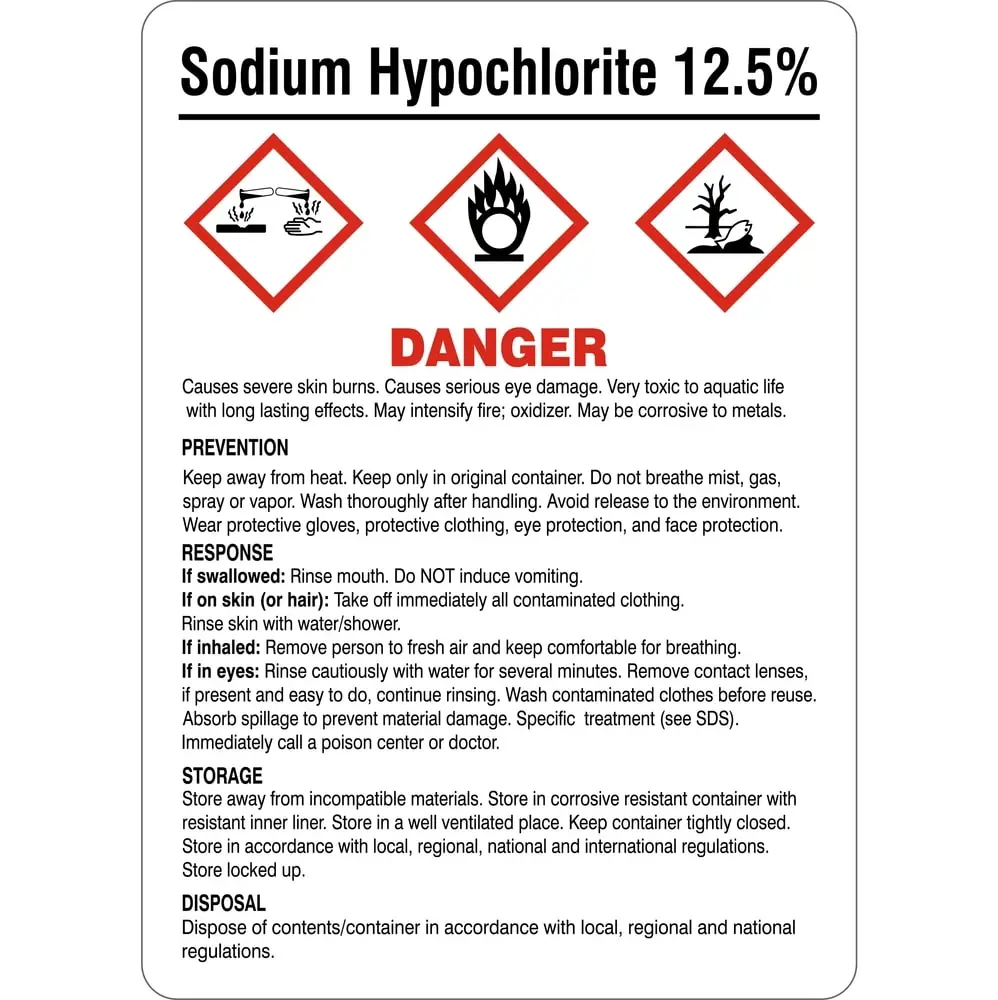
Never Mix Unless Told!
Unless your lab teacher explicitly instructs you to do so, don’t mix bleach with anything else. There could be hidden dangers associated with these dangerous combinations.
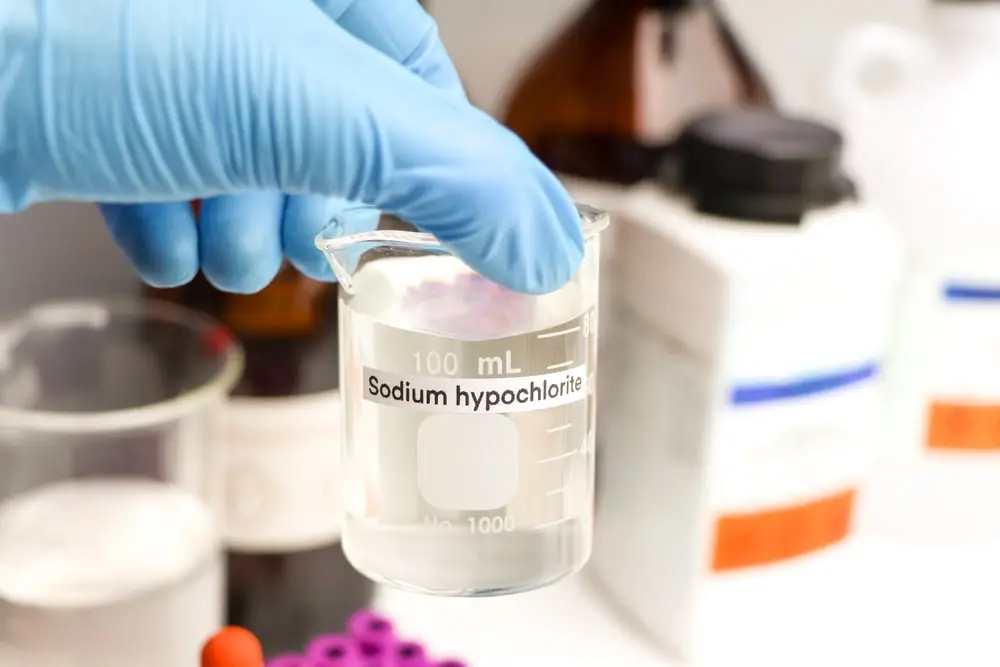
Fresh Air is Key!
Always work with bleach in a well-ventilated area, especially when using other strong-smelling chemicals. A fume hood is your best friend in these situations!
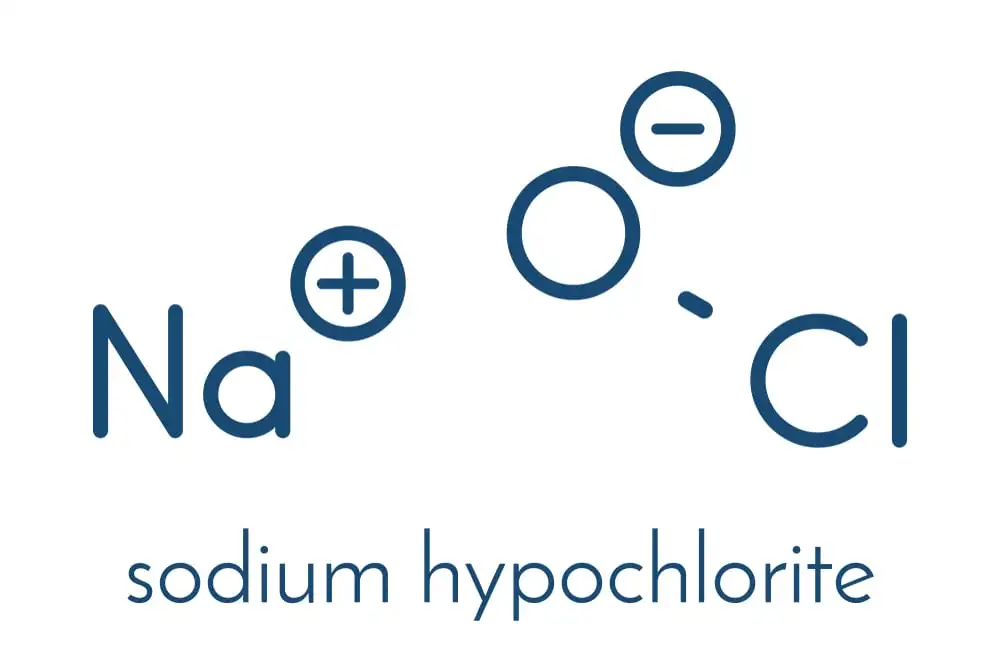
Gear Up!
Wear safety glasses, gloves, & sometimes even a special breathing mask when using bleach. It’s like wearing a superhero costume for your lungs!
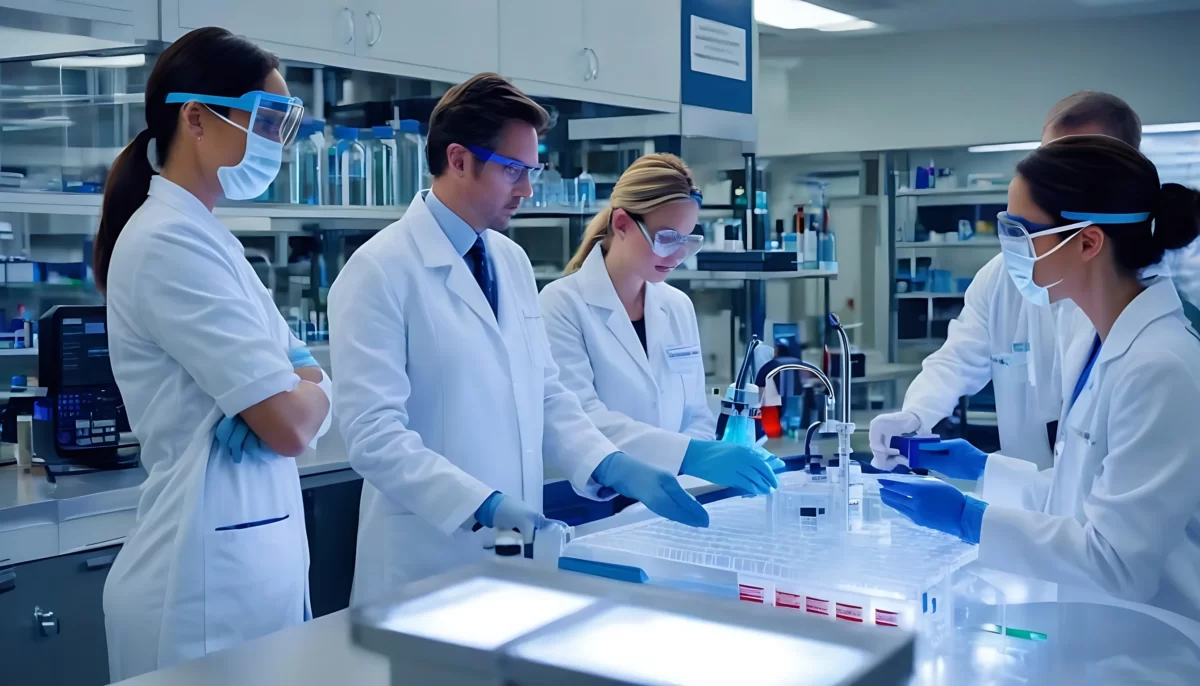
Keep it Separate!
Store bleach in its container, away from other chemicals. Don’t let it become best friends with the wrong crowd!
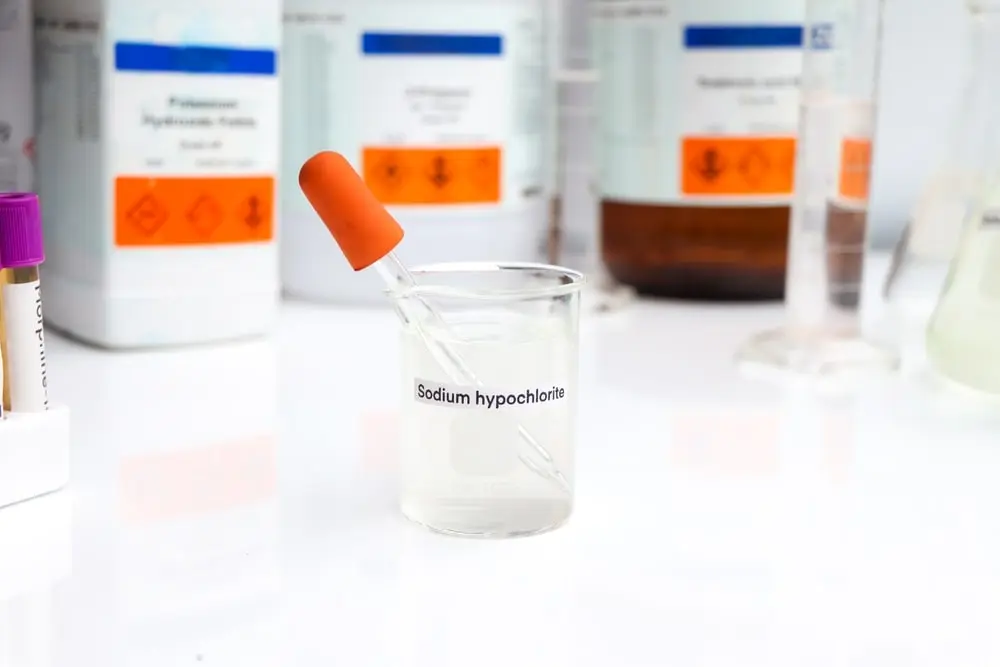
Dispose of Right?
Get rid of leftover bleach exactly as your lab teacher tells you. There might be special procedures for sodium hypochlorite hazard disposal, so listen up!
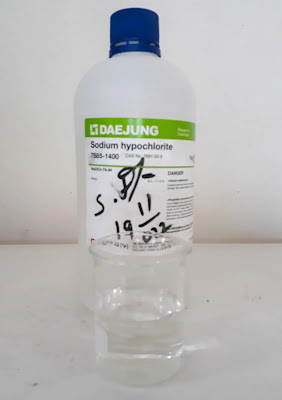
Remember, in the lab, knowing what not to mix is just as important as knowing what works well together. By following these simple tips & prioritizing laboratory safety, you can keep bleaching your helpful lab buddy, not a source of trouble. Now go forth & explore science safely!
